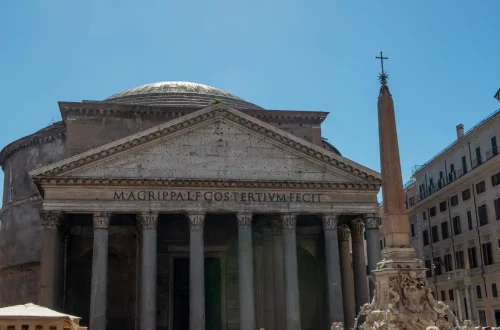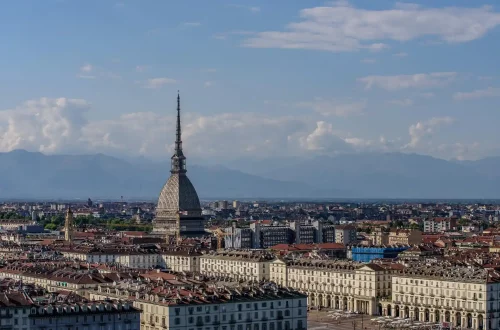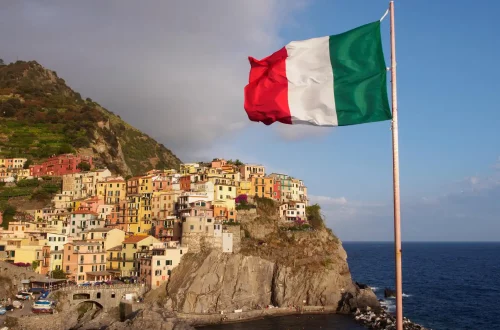Marriage to an Italian citizen opens doors not only to a shared life but also to the possibility of acquiring Italian citizenship. However, this transition is far from automatic. Specific timelines, requirements, and legal processes must be followed. Let’s explore the journey of obtaining Italian citizenship through marriage.
Legal background
Law 91 of 1992 is the cornerstone of Italian citizenship regulations, governing who can become an Italian citizen and under what conditions. This comprehensive law outlines various pathways to citizenship, including those based on descent, birth within Italian territory (for specific cases), and naturalization. Article 5 of this law specifically addresses the acquisition of citizenship through marriage. It stipulates the conditions under which a non-Italian spouse of an Italian citizen can apply for Italian citizenship, detailing the necessary residency periods and procedural requirements. This provision ensures that spouses can integrate into Italian society, reinforcing the legal and cultural bonds formed through marriage.
Time requirements after marriage
Before even considering an application for citizenship, it’s crucial to understand the waiting periods involved. These timelines vary depending on the couple’s place of residence. For those residing in Italy, the non-Italian spouse can apply for citizenship after two years of marriage. This period extends to three years for couples living outside Italy. Notably, these waiting times are halved if the couple has children. Hence, the process becomes more accessible for those expanding their families, acknowledging the additional ties and responsibilities involved.
Proof of Italian language proficiency
Since 2018, an essential requirement has been added to the citizenship application process: proof of proficiency in the Italian language. The bar is set at a B1 level, according to the Common European Framework of Reference for Languages (CEFR). This standard ensures that applicants have a functional command of Italian, which is necessary for integrating into Italian society. To meet this requirement, the non-Italian spouse must pass an exam from a recognized institution, and the resulting certificate must be presented during the application.
Necessary documentation
The application process demands a collection of several key documents. First and foremost is the Italian marriage certificate, which requires that the marriage be registered in Italy. Additionally, the non-Italian spouse will need their birth certificate and criminal record certificates from all countries where they have resided. The final document you need is the certificate of Italian language proficiency. Each document plays a pivotal role in verifying the applicant’s identity, marital status, and character, as well as their readiness to participate in Italian life.
Application process
Where the application is submitted depends on the couple’s place of residence. Those living in Italy can apply directly within the country. Conversely, couples residing abroad will need to go through the Italian consulate in their country of residence. Due to high demand, consulates often have longer processing times. However, digitalization efforts have streamlined the initial stages of the process. Applicants can now begin their journey online, submitting digital copies of documents before eventually presenting physical copies and, if needed, attending interviews. This dual approach aims to balance efficiency with thorough verification.
Patience is a virtue that applicants must cultivate, as processing times can vary significantly. In Italy, the process typically takes between 12 and 24 months. For those applying through a consulate, this period can stretch up to 48 months due to the higher volume of applications. Several potential hurdles could cause delays. Errors in birth certificates, incomplete documentation, or failure to provide proof of language proficiency are common stumbling blocks. To avoid such pitfalls, seeking advice from specialists and ensuring meticulous preparation is advisable. They can provide valuable insights and assistance, ensuring that the process runs as smoothly as possible.
A Clear Path for Spouses
The pathway to Italian citizenship for spouses of Italian citizens, while accessible, demands careful preparation and patience. It requires fulfilling specific legal requirements, proving language proficiency, and gathering a comprehensive set of documents. By understanding and adhering to these requirements, non-Italian spouses can navigate the complexities of the process. Thorough preparation can turn this potentially daunting journey into a manageable and rewarding experience, culminating in the acquisition of Italian citizenship.
The journey is long, but with the right steps and a clear understanding of the process, spouses of Italian citizens can smoothly transition into their new status, embracing the cultural and legal identity of Italy. This opportunity strengthens familial bonds and enriches the individual’s connection to Italy, allowing them to fully participate in and contribute to Italian society.
Take advantage of specialized assistance to secure your passport for a borderless future.






